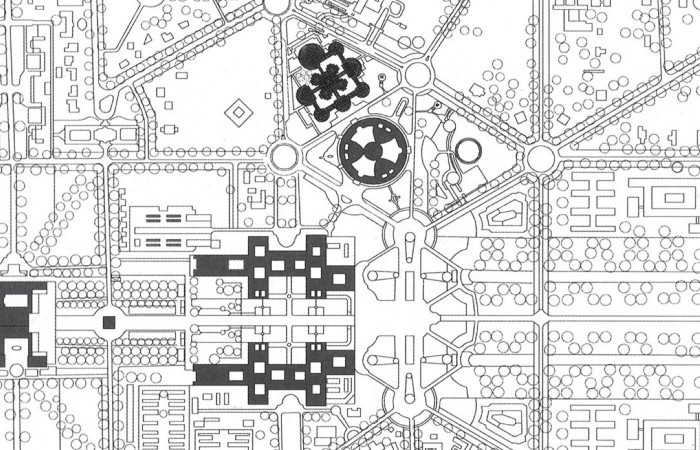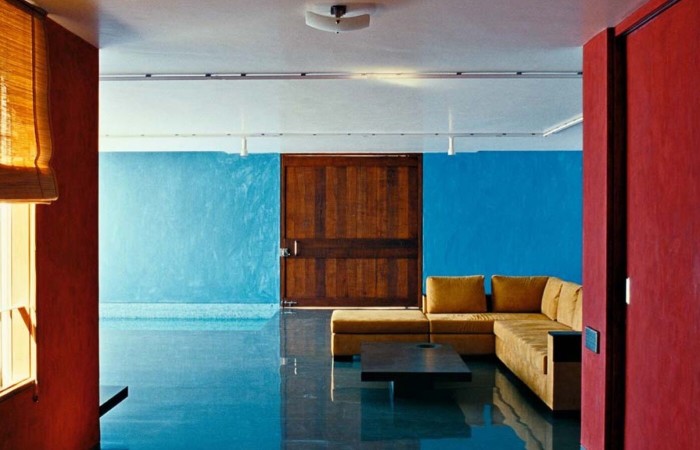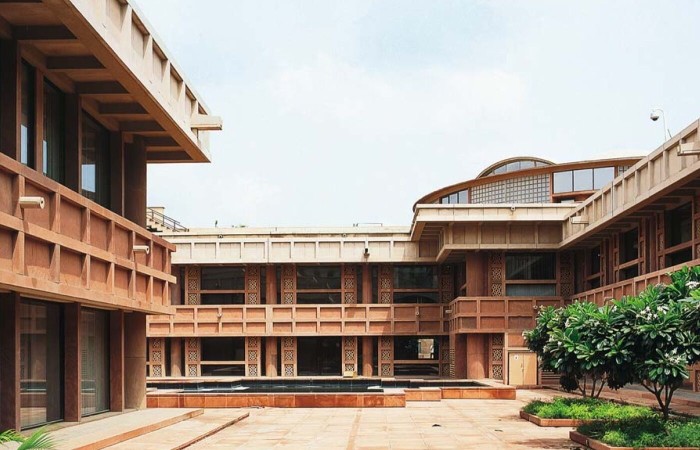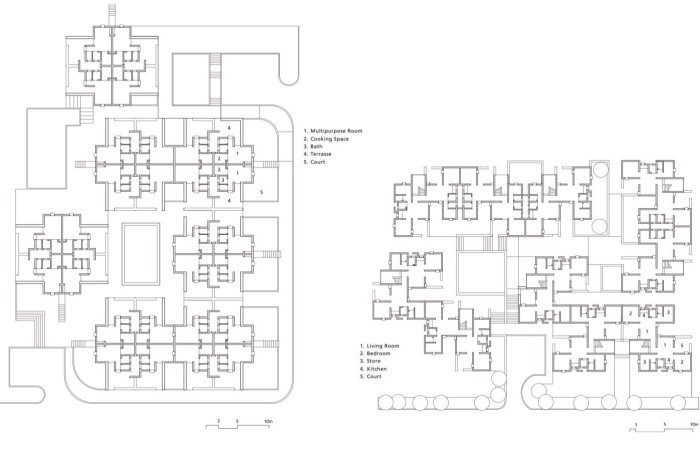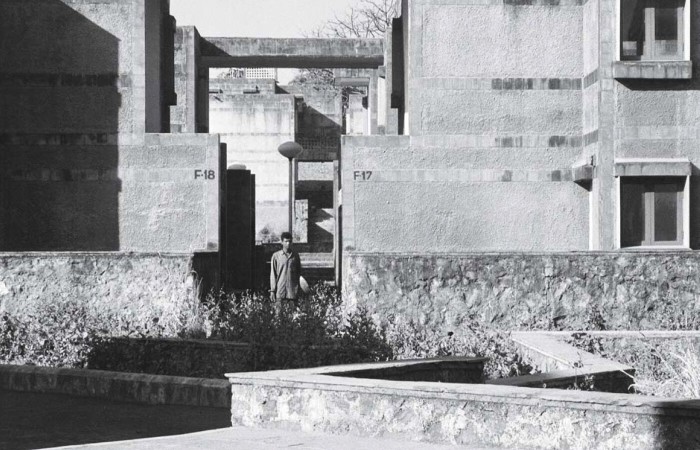Modern Traditions Contemporary Architecture in India
Much of contemporary Indian architecture, though modern in expression, is rooted in its millennia-old past. Unlike modern architecture of the West, which started in a “clean slate” environment after the widespread destruction of the world wars, the architecture of India, over the thousands of years of its existence, is a temporal progression with many interventions that served as modi?ers. The process of inquiry has been long and tedious with deep selfexamination of established conventions in an attempt to accommodate the interventions. Hence, architecture of every era in the history of Indian architecture is an expression of its time, and yet, is rooted in its past. To understand contemporary Indian architecture, therefore, it is necessary to understand the determinants and causes of architectural methods and expression in India today.
In the West today, technology is an integral part of its worldview. In fact, technology determines process and pro- duction, and process and production determine technology. The “clean slate” environment and its causes enabled the West to look to the future with vigour. Technology enabled the West to go into the unknown, creating a new form of architecture. Today, technology determines much of architectural production and explorations. Romi Khosla calls these explorations “abstract futures 1” where “dynamism and movement” are the primary impulses of the Western world. The premodern past plays a lesser role, if any.
The East, on the other hand, is characterised by its con- nections with the past and its imperatives of appropriating the dynamic of modernism into its temporal progression. Modernism cannot be ignored in the East and is implicitly accepted as the inevitable future direction, primarily because of its colonial history, and also because of the interdependency and emerging homogenising tendencies of the world. The countries of the East are now inextricably part of the modern world. The challenge, therefore, is to reconcile their ancient past with the spirit, systems, methods and products of the modern world. It is from this viewpoint that we need to read the contents of this book.
- 标 签: 印度
- 作 者: Klaus-Peter Gast
- 发行年: 2007
- 网 盘: http://pan.baidu.com/s/1hr1piFq
- 提取码: lxjd

